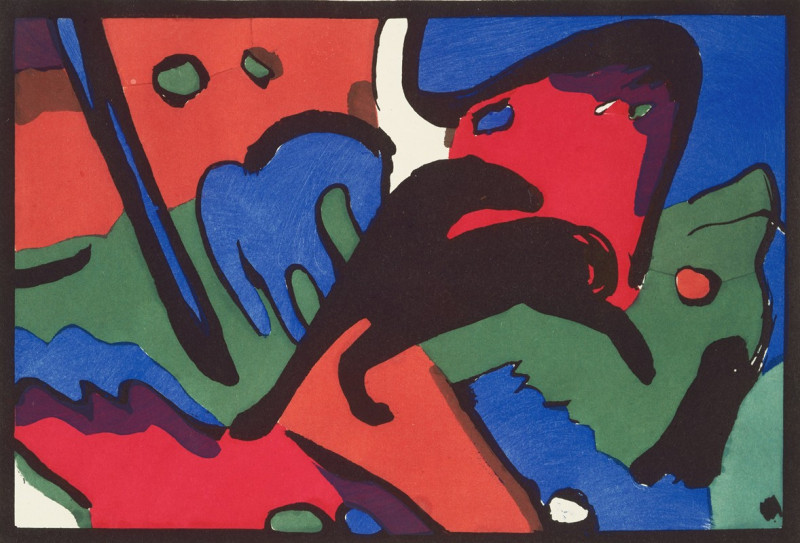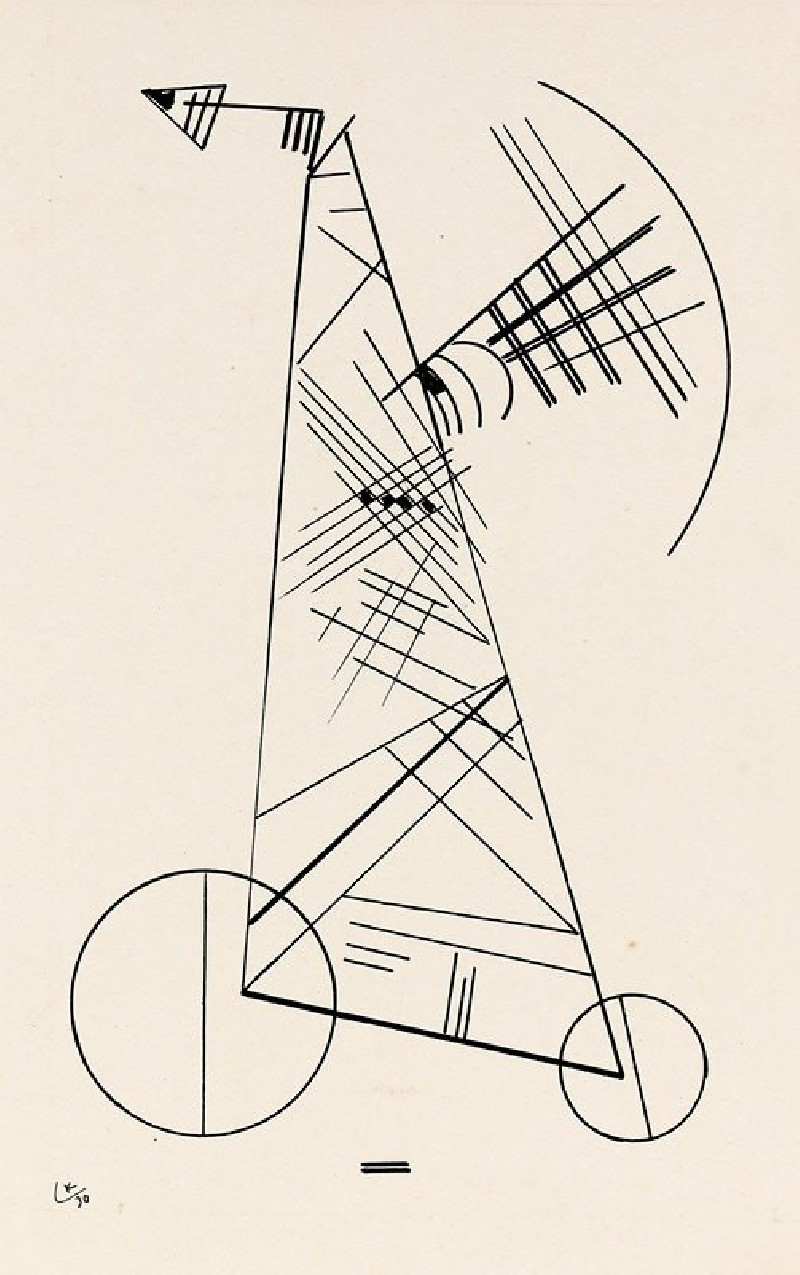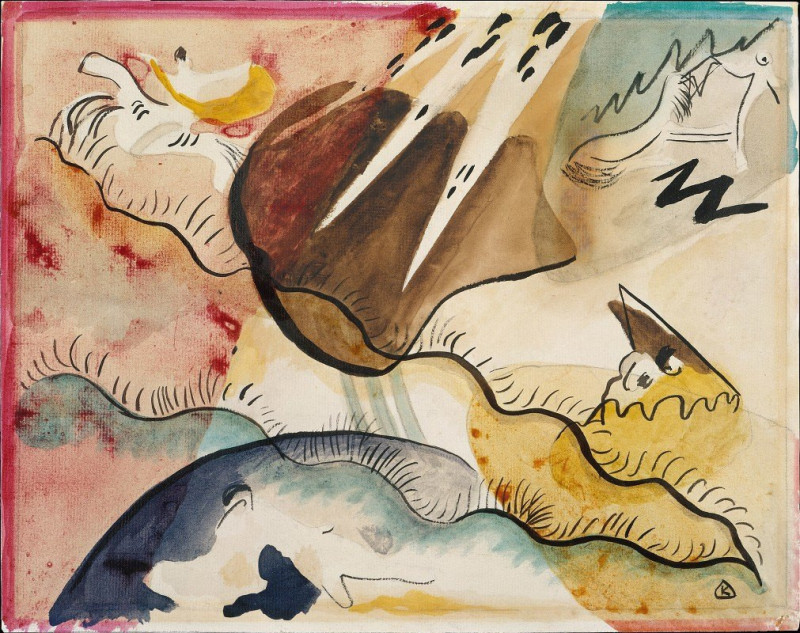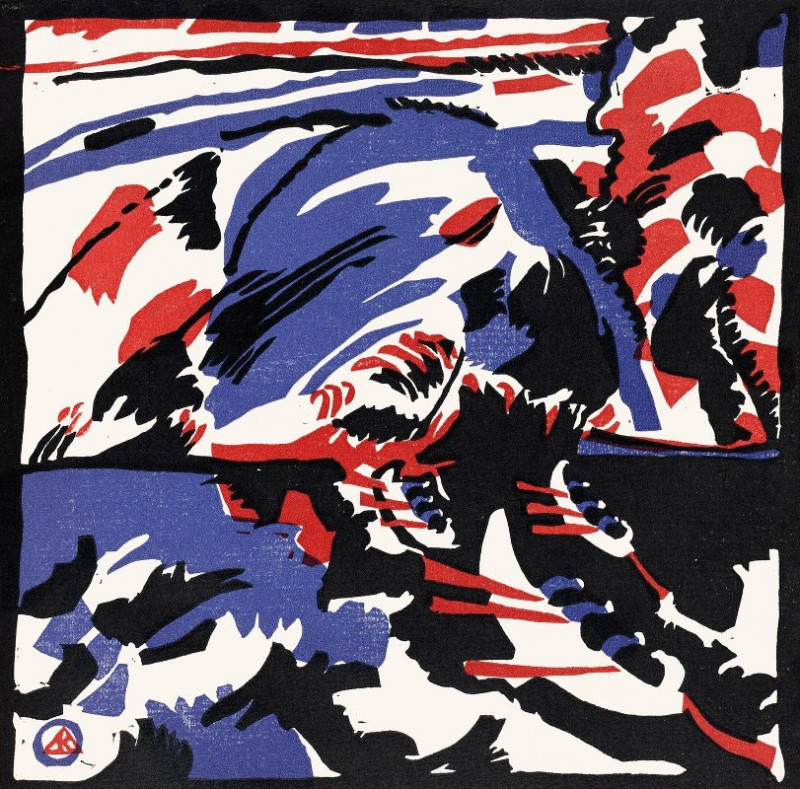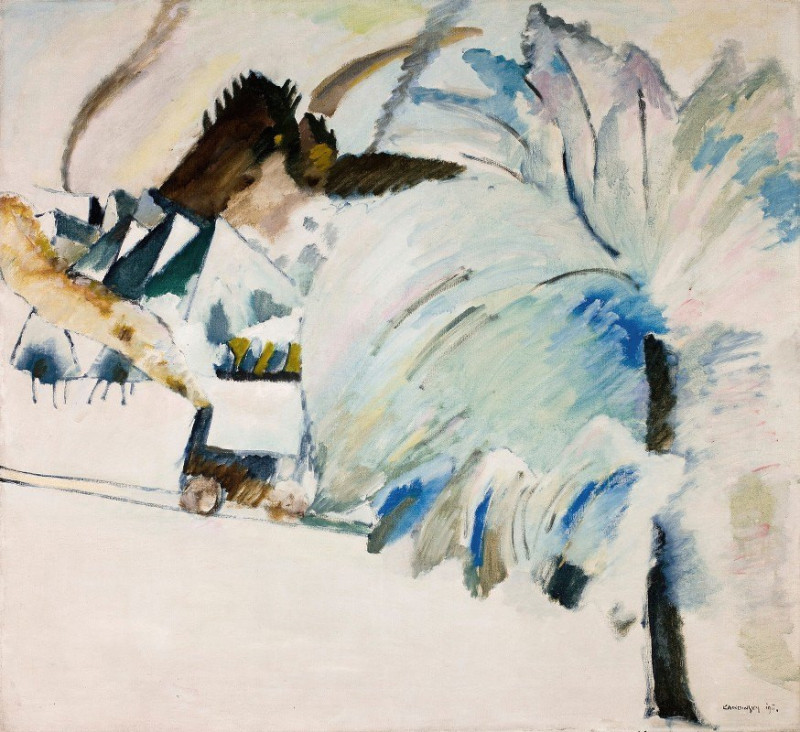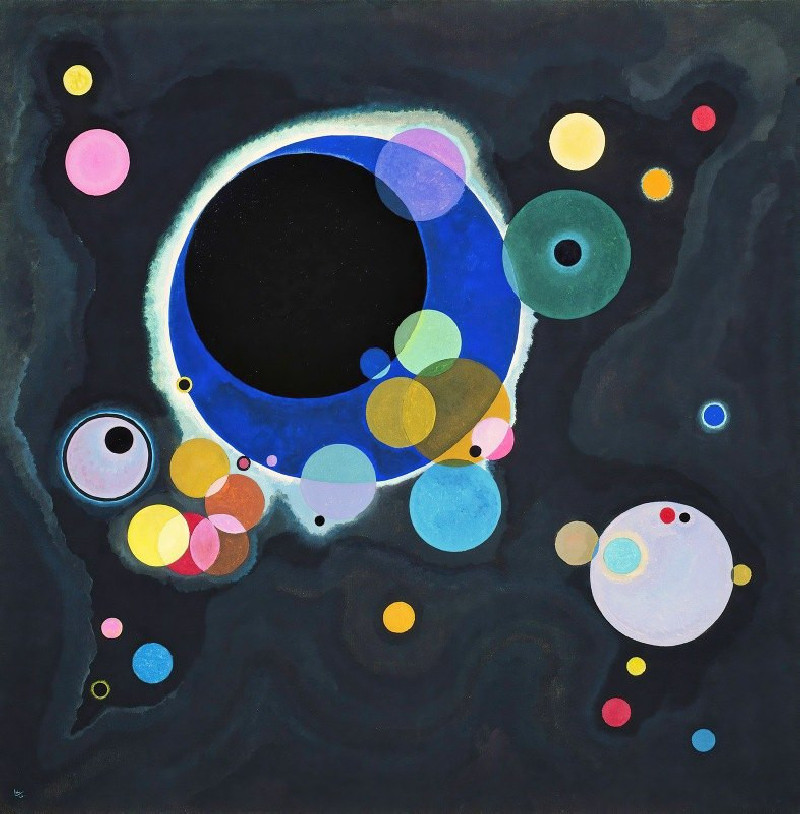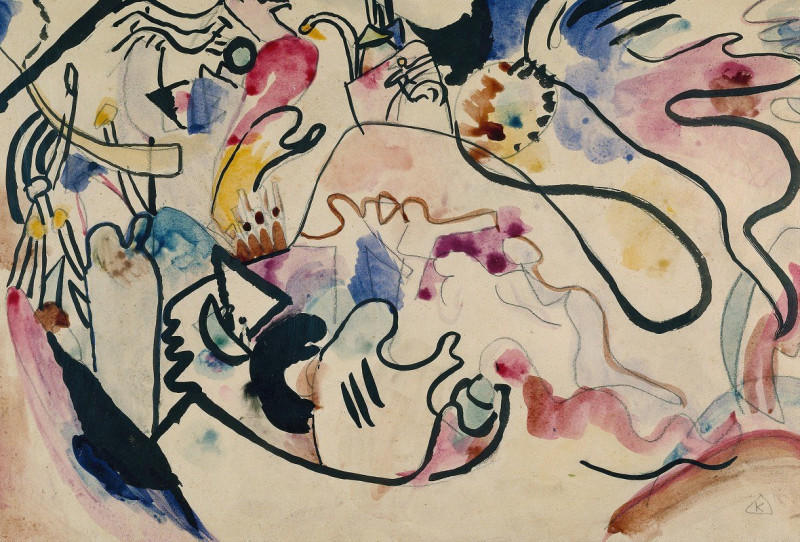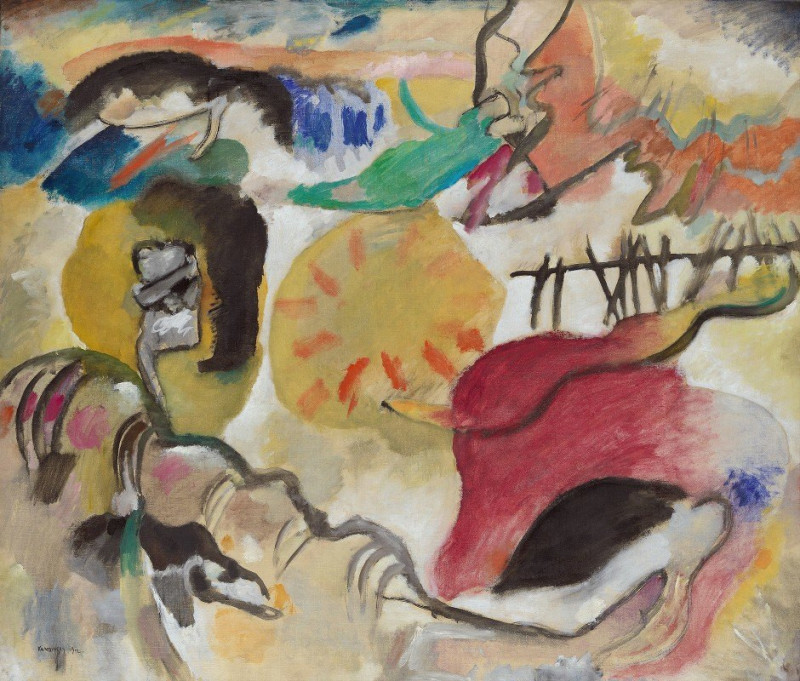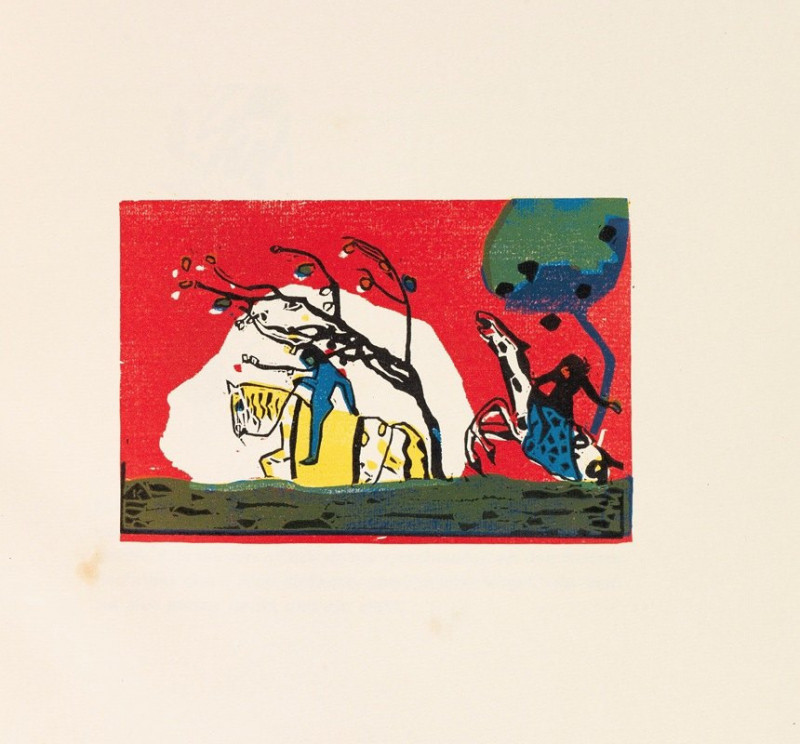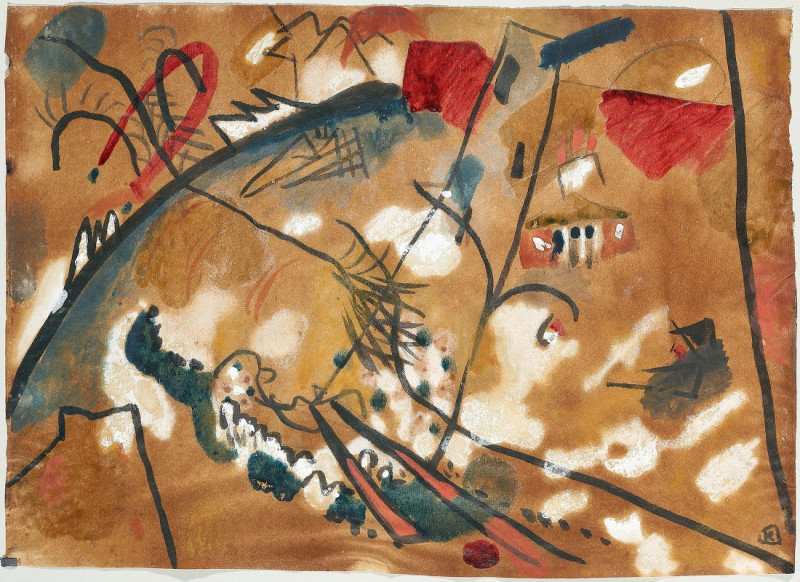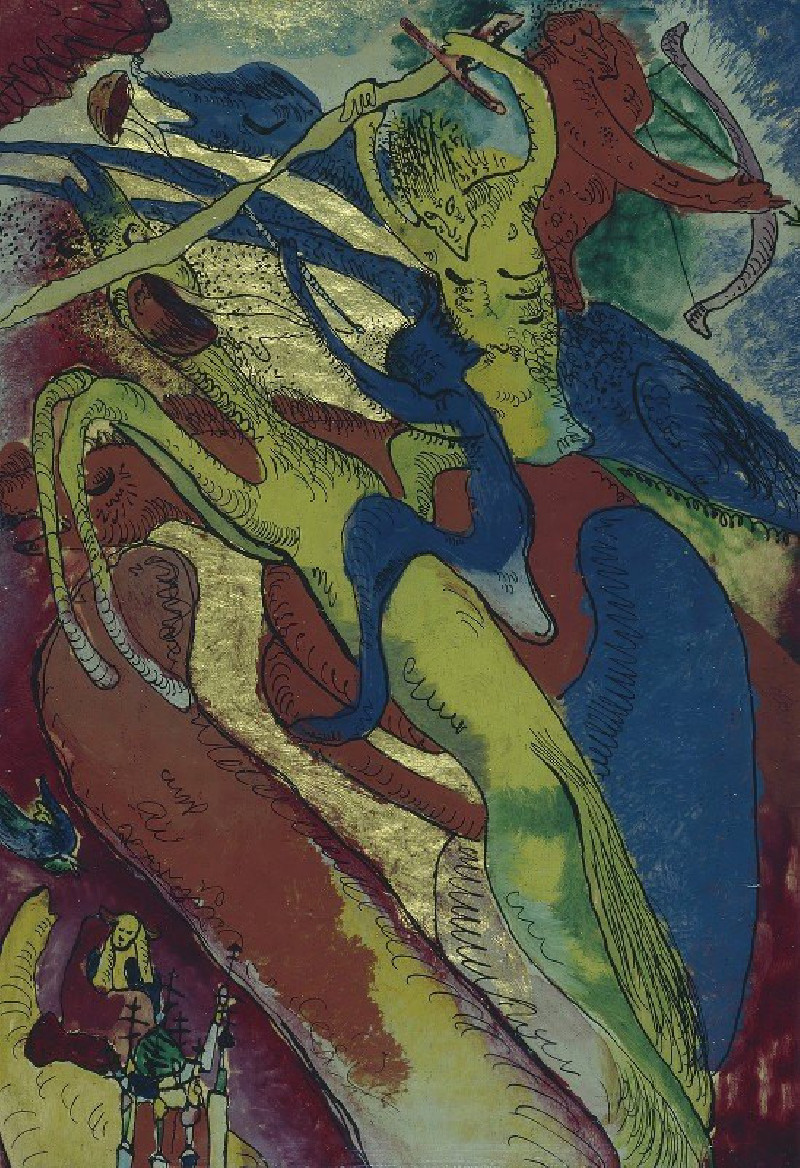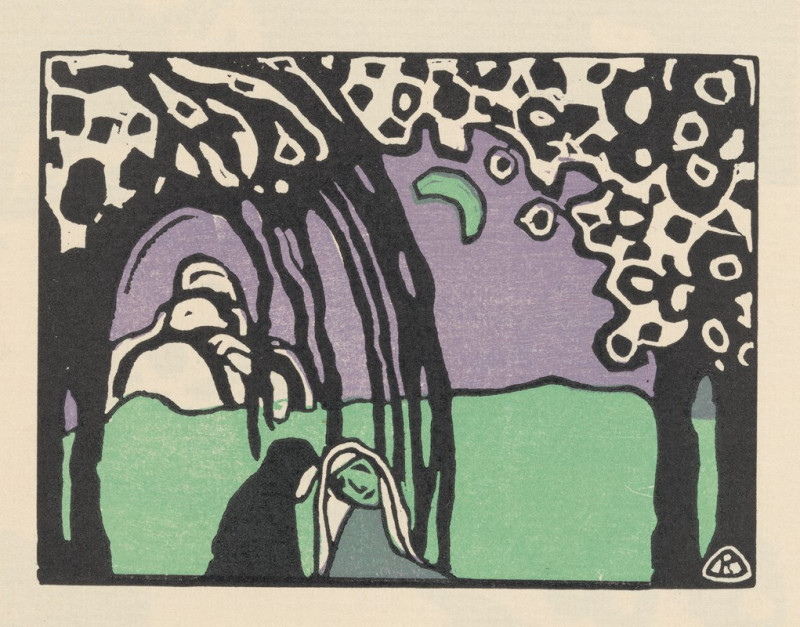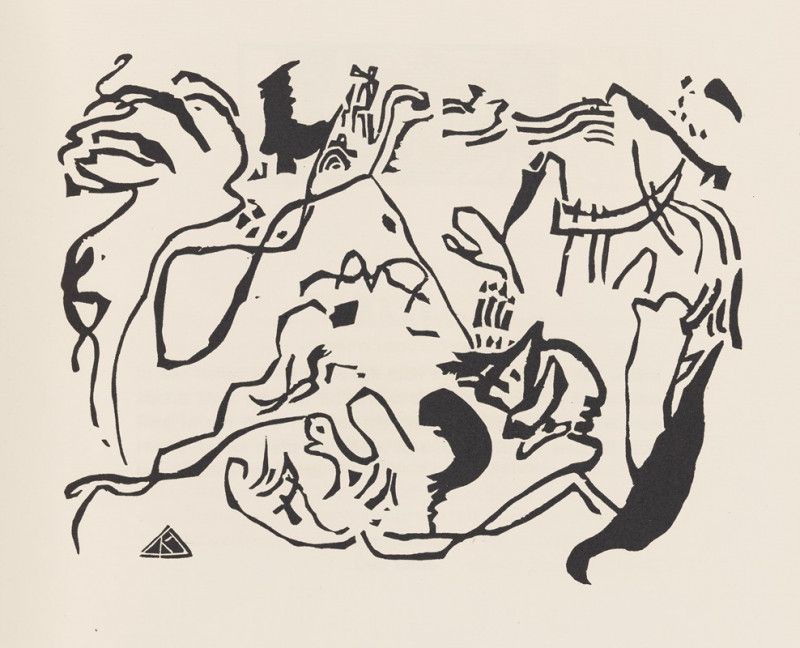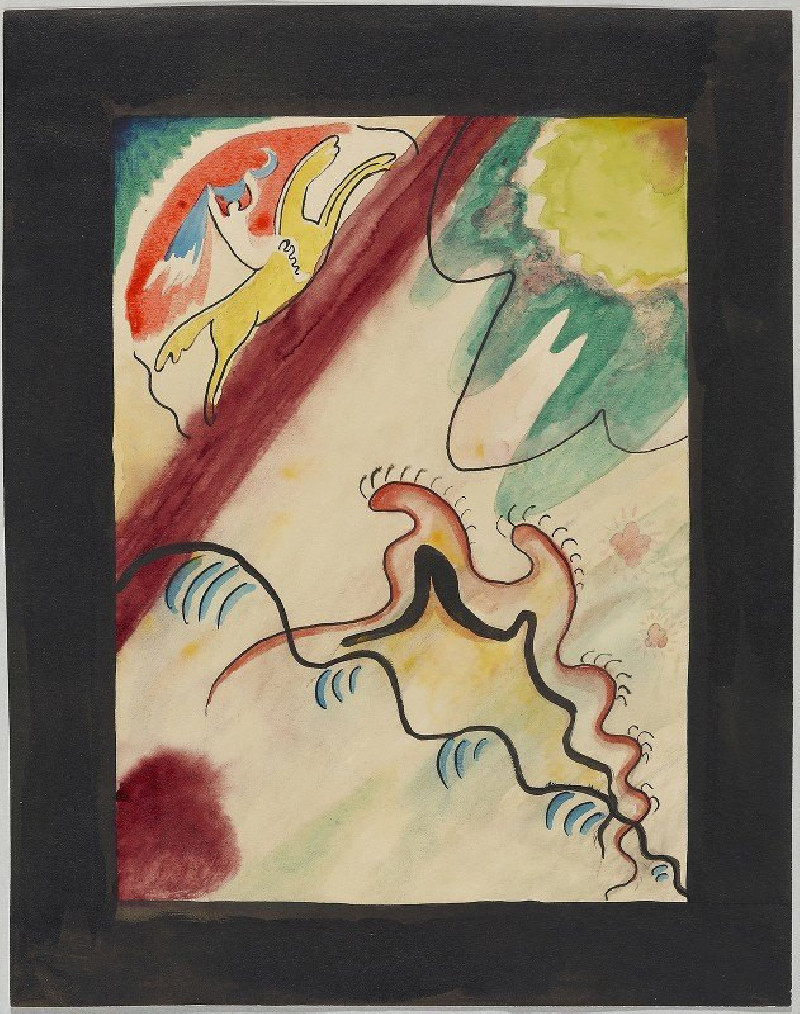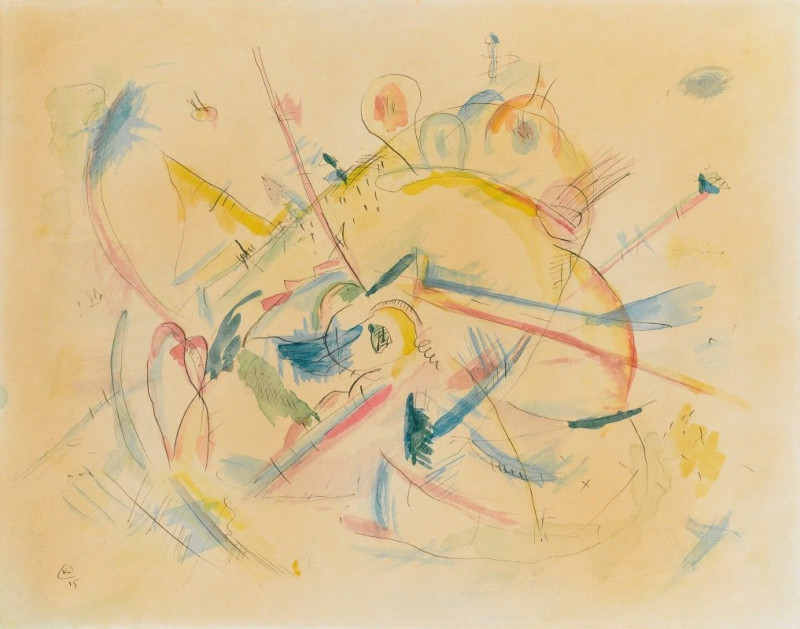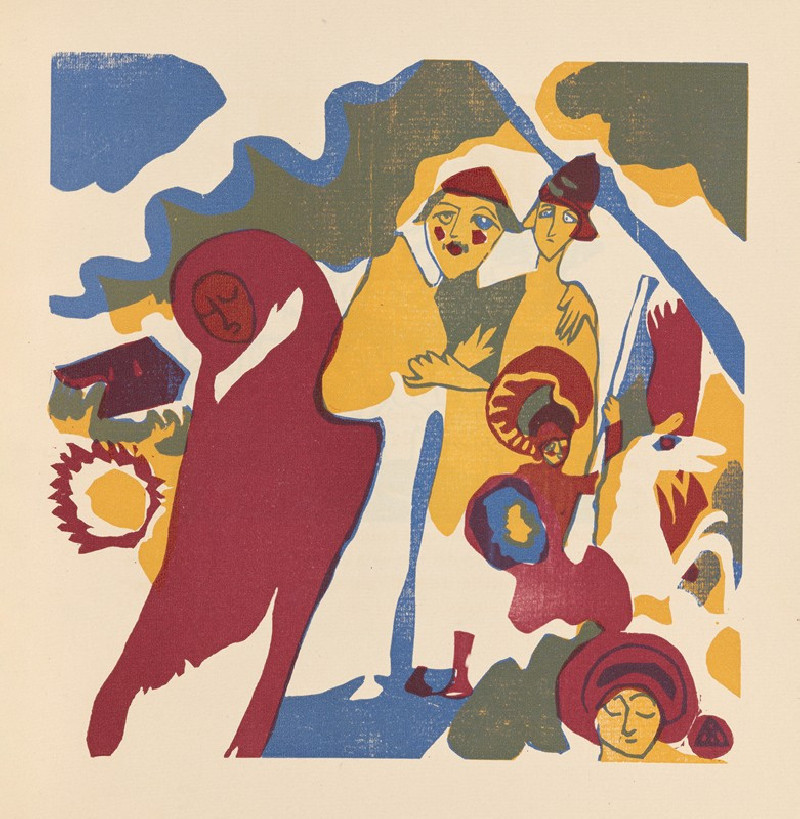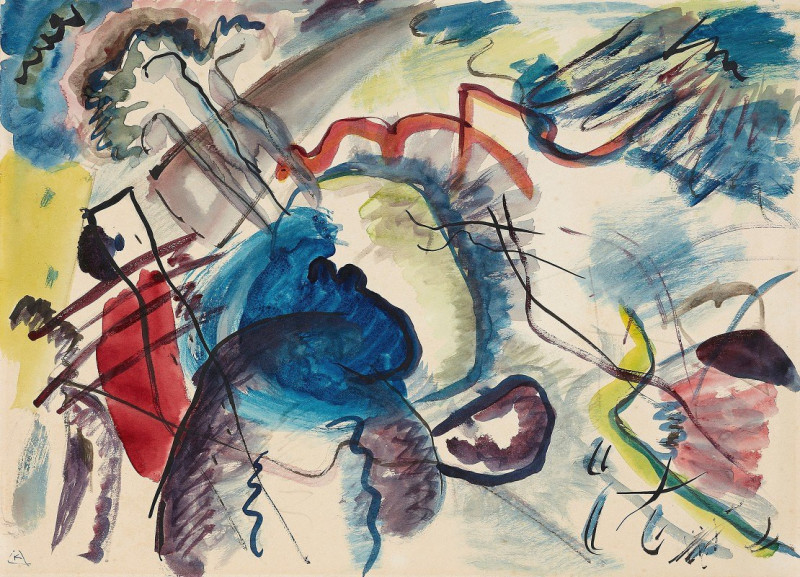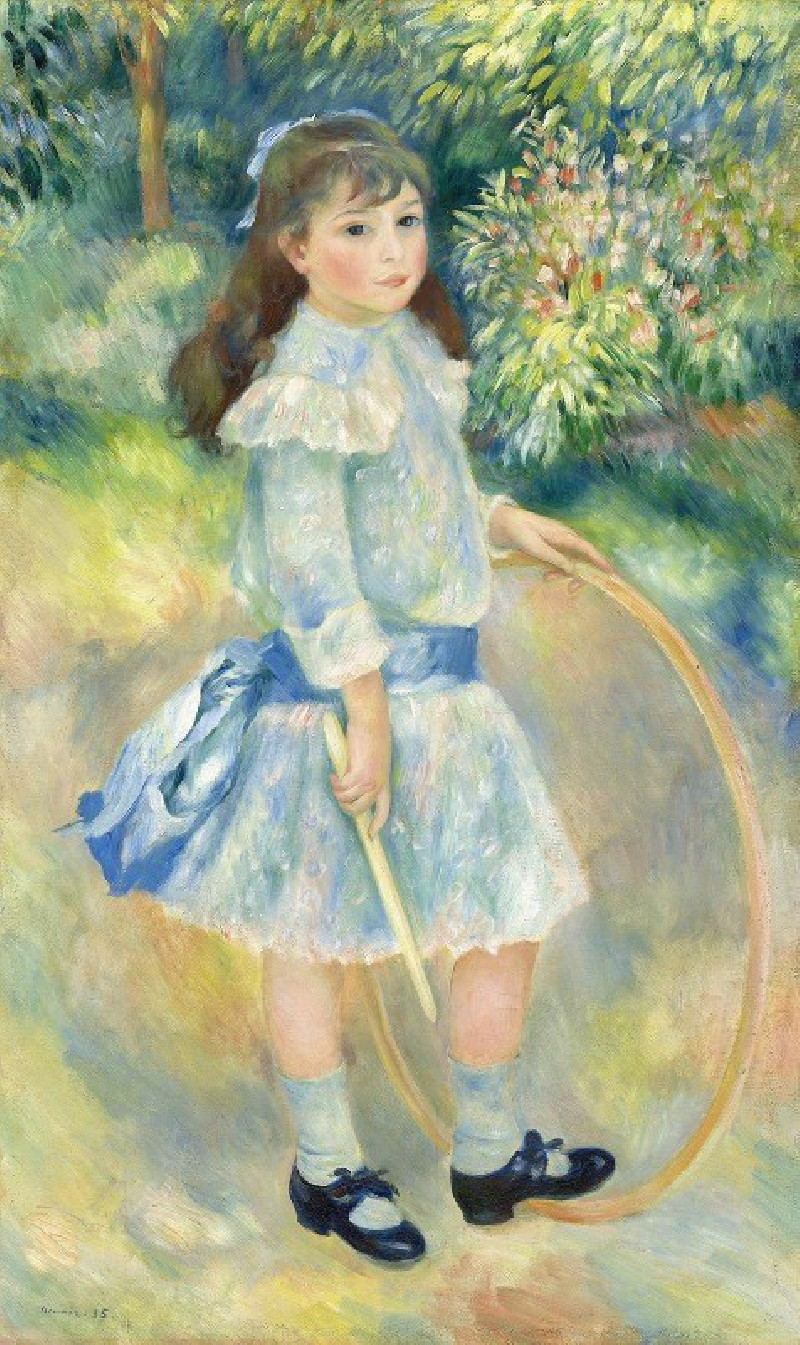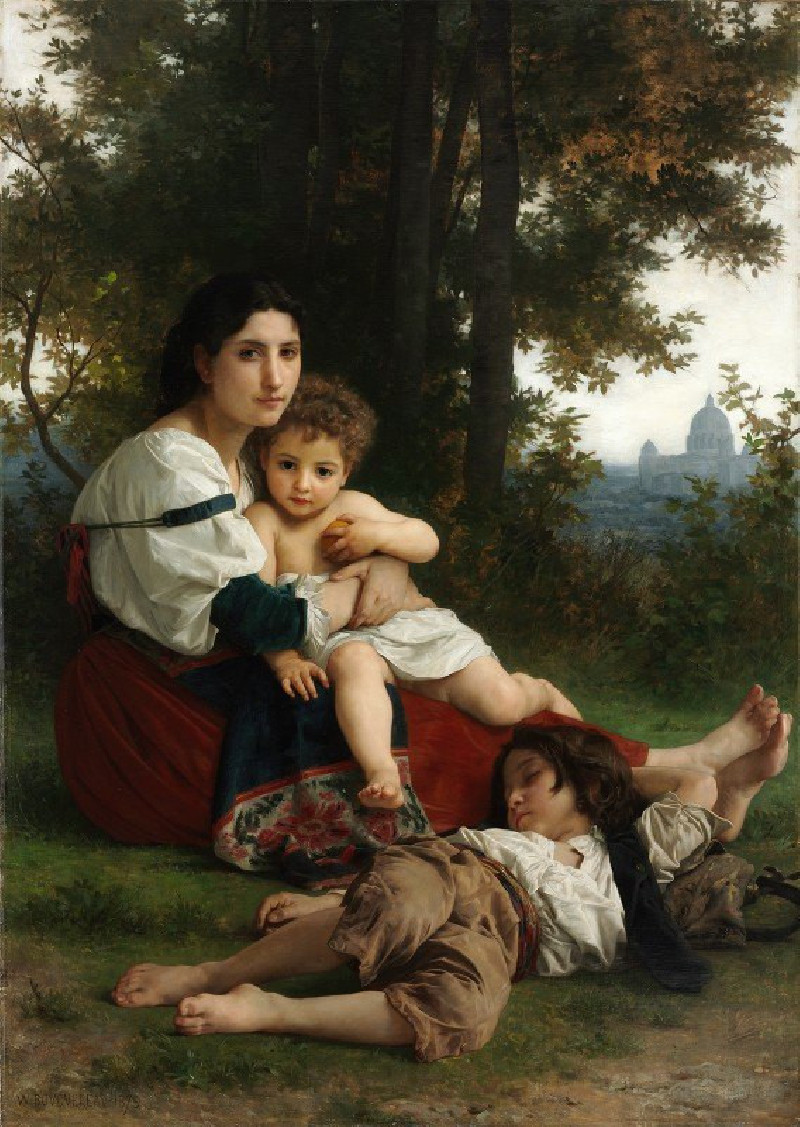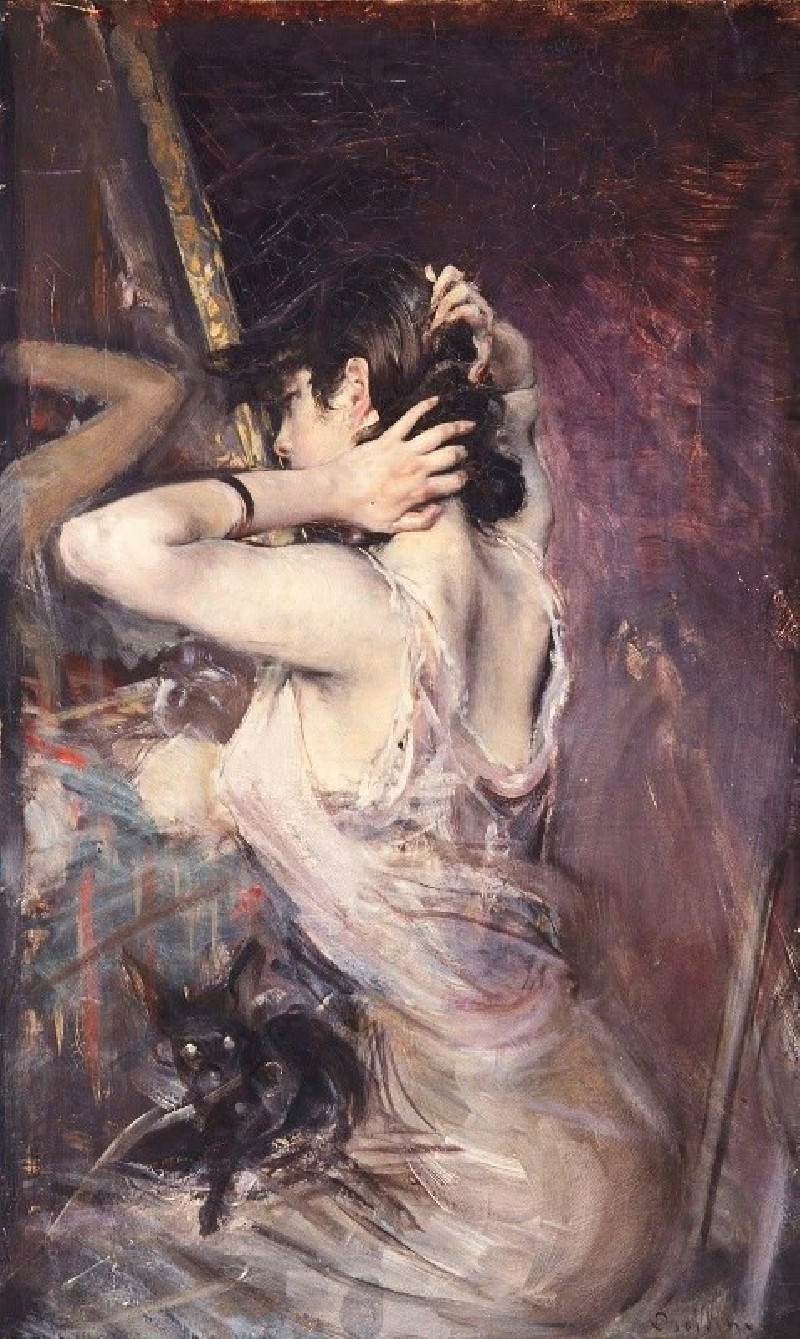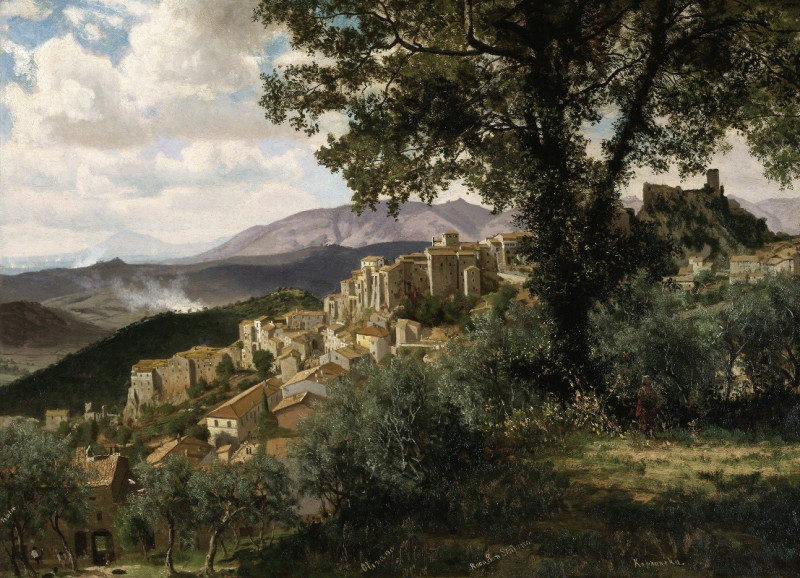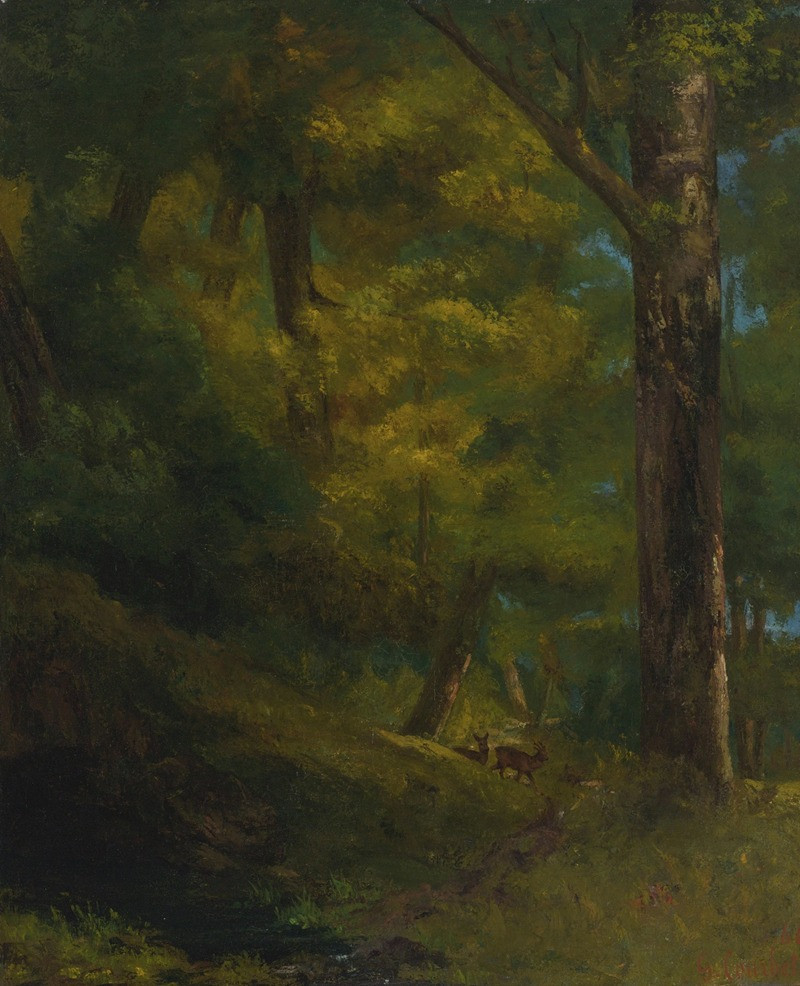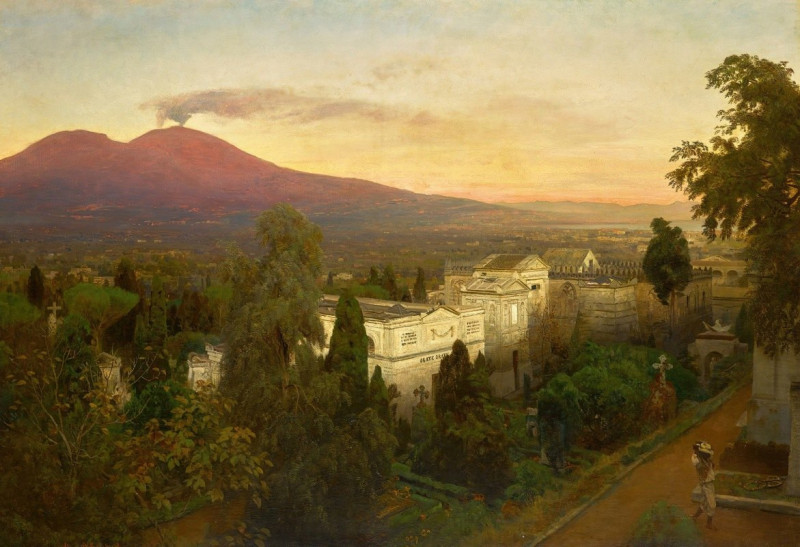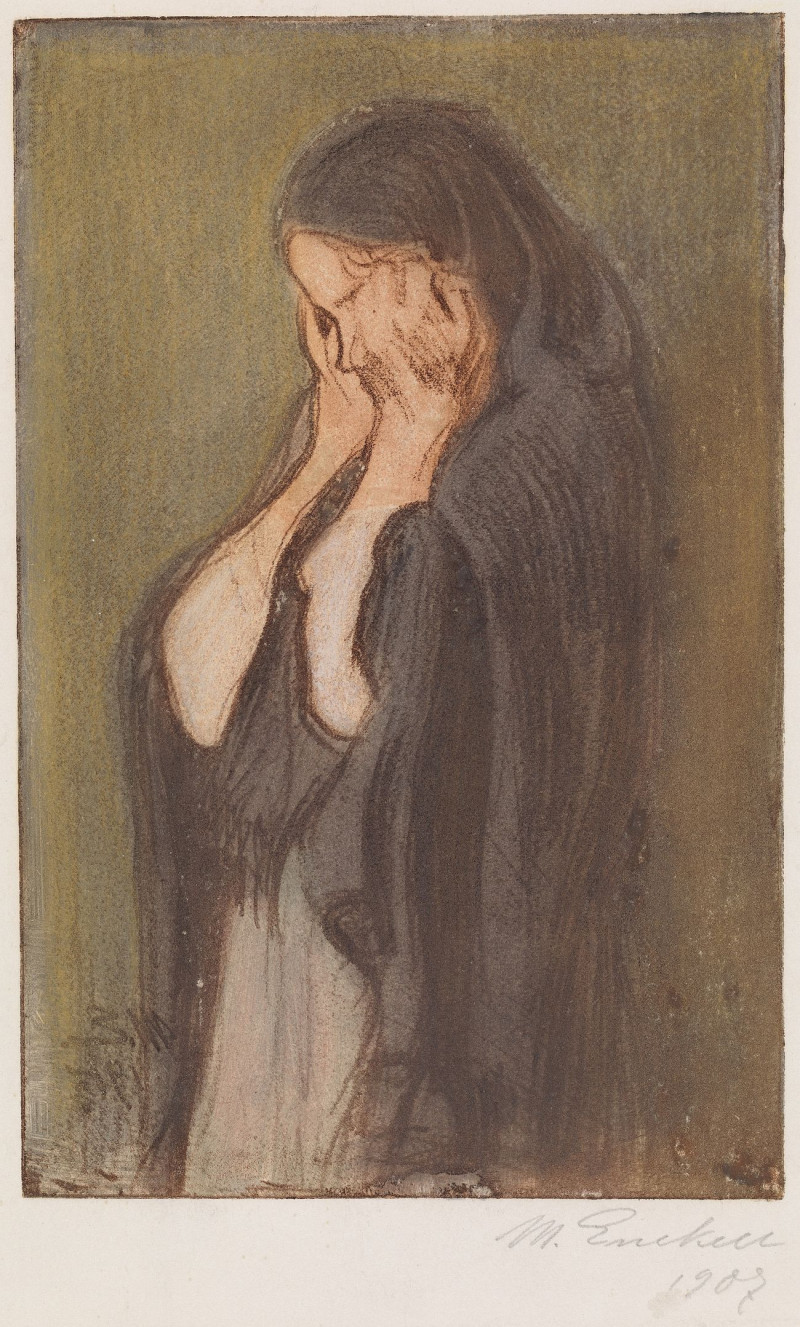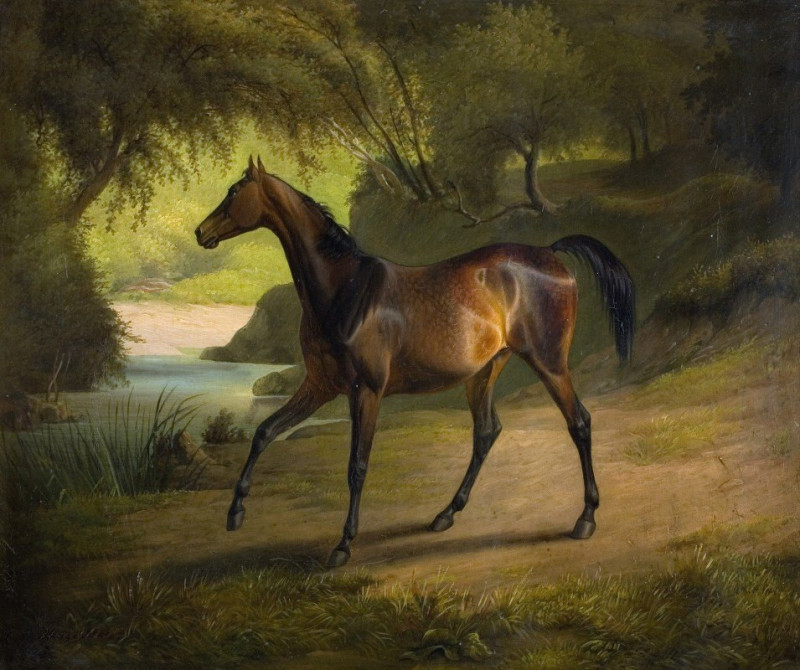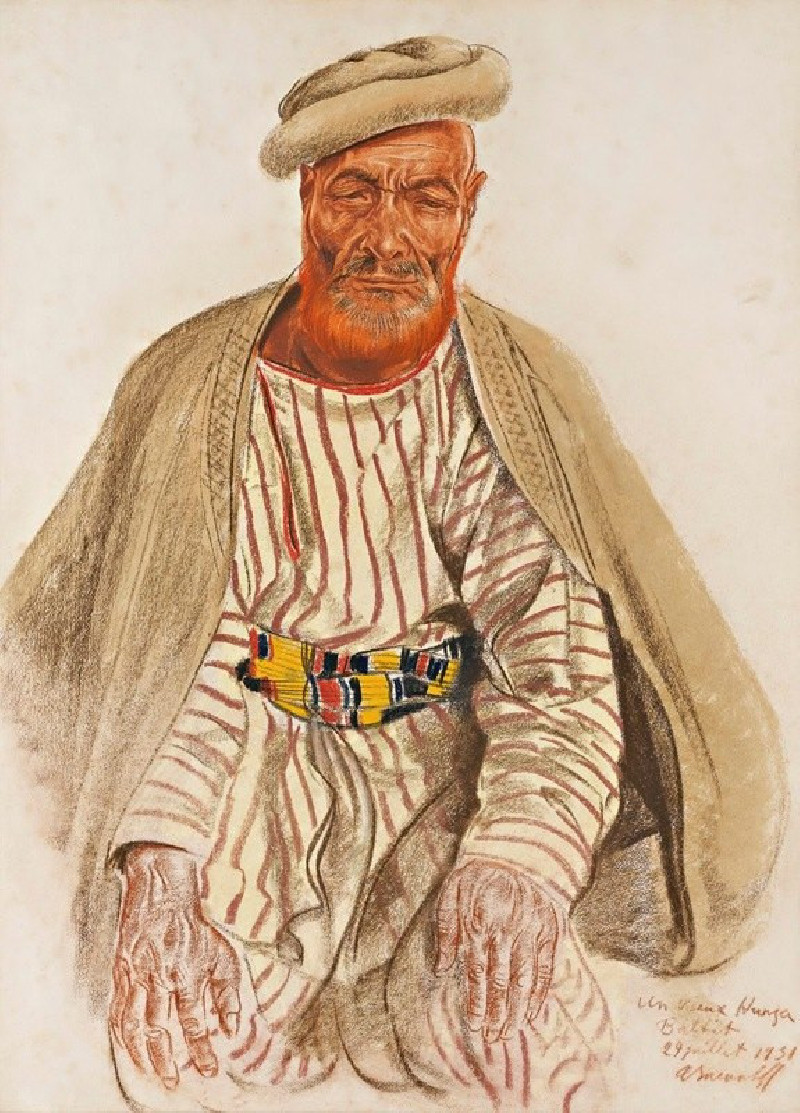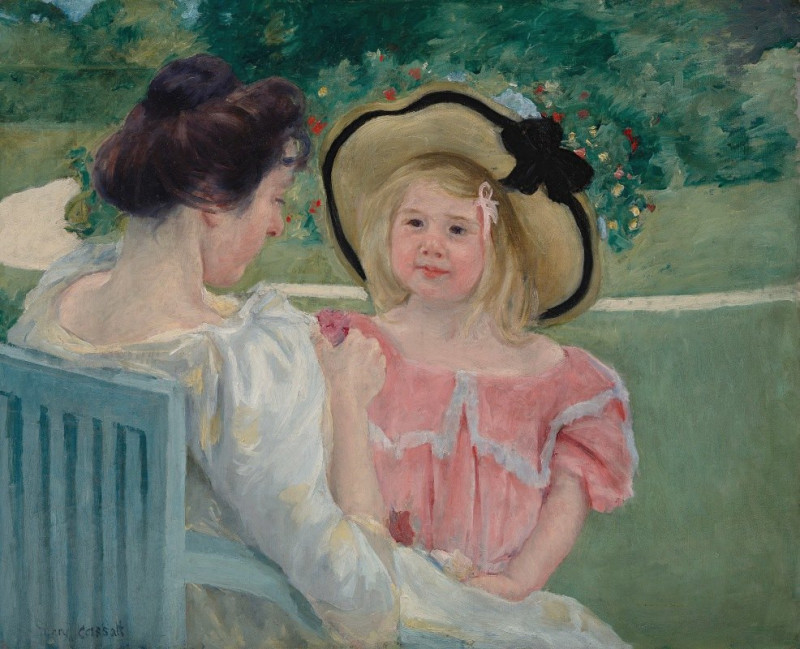Der Blaue Reiter (The Blue Rider) (1912)
Technique: Giclée quality print
Recommended by our customers
More about this artwork
"Der Blaue Reiter" (The Blue Rider) by Wassily Kandinsky, painted in 1912, is an evocative example of early expressionism where color and form are manipulated to convey emotions and ideas rather than to represent the real world accurately.In this artwork, Kandinsky doesn't attempt to depict a scene from the natural world in a literal sense. Instead, he uses vibrant, bold colors and abstract shapes to create a composition that is open to interpretation. The use of blues, reds, and greens are prominent and are arranged in a way that seems to pulsate with energy and movement. The title, "The Blue Rider," possibly relates to the blue shapes in the painting which might subtly suggest the form of a rider.Kandinsky was known for his theory that colors and shapes could express feelings and spiritual truths. He often associated blue with spirituality and depth. In this painting, the blue might represent deeper, introspective qualities, contrasting with the passion and energy suggested by the reds.Overall, "Der Blaue Reiter" invites viewers to delve beyond the visual experience, encouraging a personal, introspective interaction with the colors and shapes, exploring the emotions and ideas they might suggest. This painting is not just a visual piece; it engages with the viewer on an emotional and intellectual level.
Delivery
Returns
Wassily Wassilyevich Kandinsky was a Russian painter and art theorist. Kandinsky is generally credited as the pioneer of abstract art. Born in Moscow, Kandinsky spent his childhood in Odessa, where he graduated at Grekov Odessa Art school. He enrolled at the University of Moscow, studying law and economics. Successful in his profession—he was offered a professorship (chair of Roman Law) at the University of Dorpat today Tartu, Estonia)—Kandinsky began painting studies (life-drawing, sketching and anatomy) at the age of 30.

